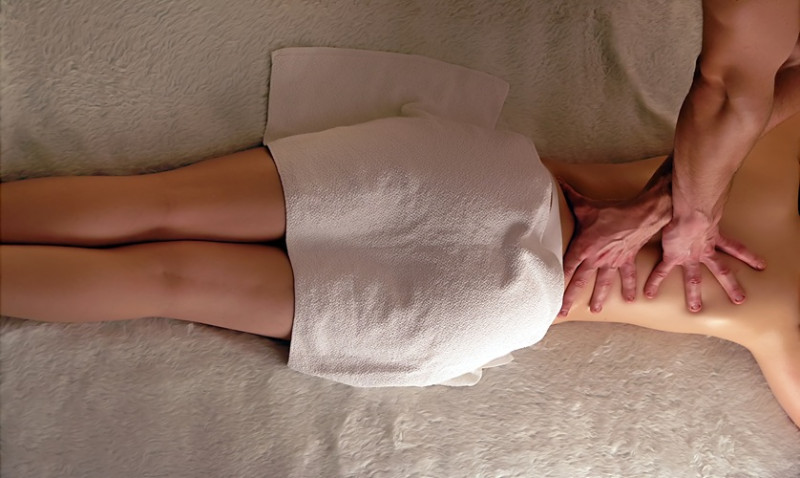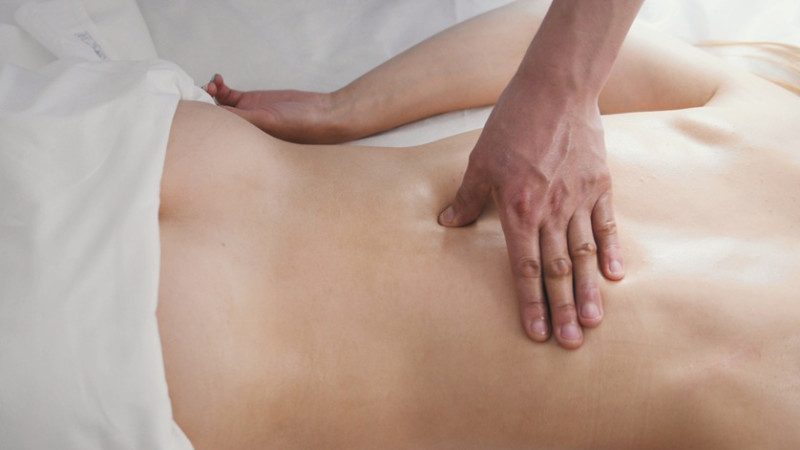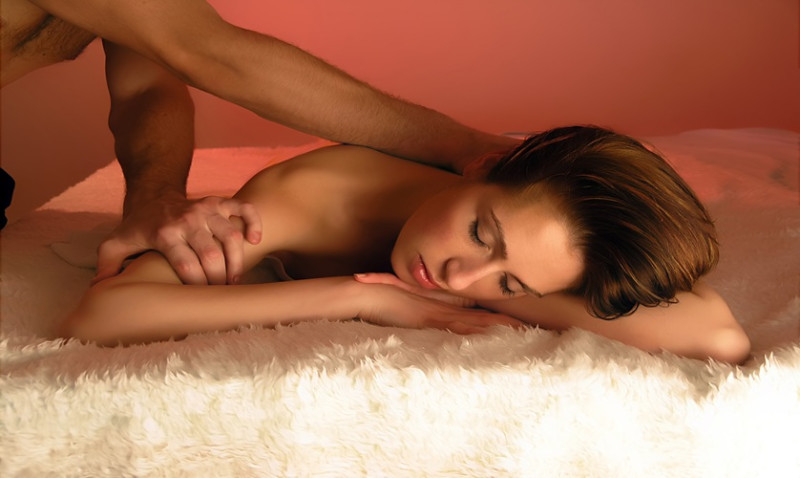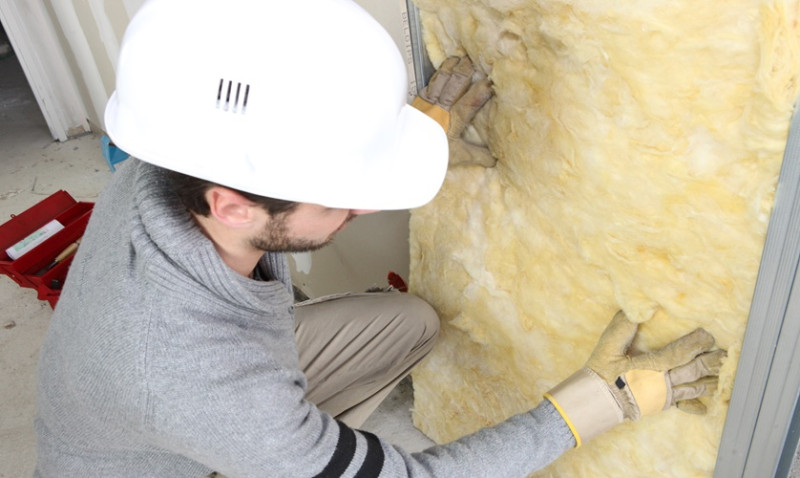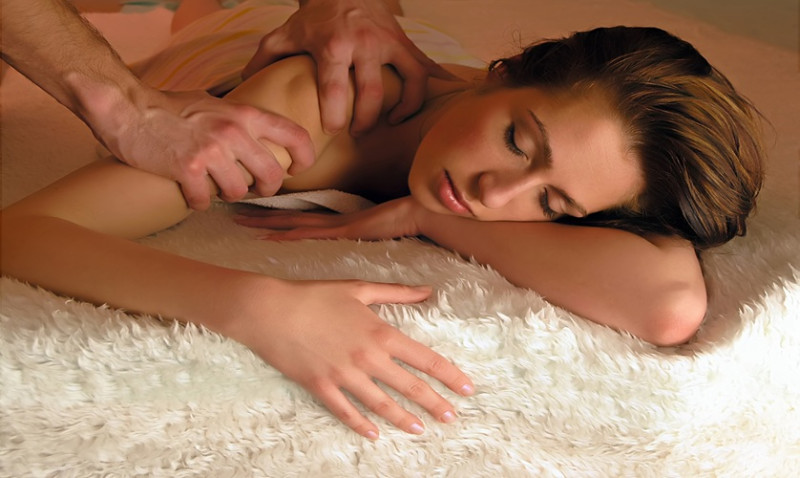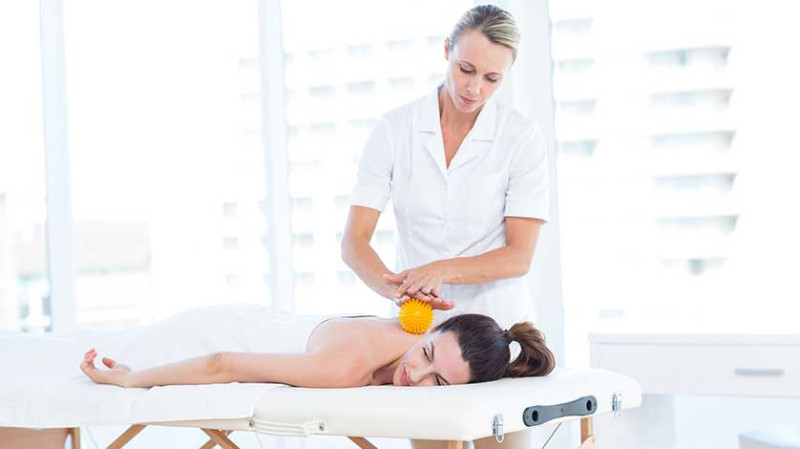
Whether you're exploring massage therapy to ease muscle tension, reduce stress, or simply treat yourself to some much-needed relaxation, understanding what to expect from a massage session can make all the difference. For busy professionals, hands-on DIYers, designers, and tradespeople who put strain on their bodies daily, massage is more than a luxury—it's a tool for recovery and overall wellness.
From the moment you walk into a massage therapist’s studio to the time you leave feeling rejuvenated, knowing what will happen at each stage can help you feel more comfortable and confident. In this guide, we break down what to anticipate before, during, and after your massage session, how to maximise the benefits, and why massage therapy is a powerful complement to an active, hands-on lifestyle.
Your Initial Consultation: Setting the Foundation
Your first massage session will begin with a brief consultation—this is a crucial step. The massage therapist will ask about your medical history, lifestyle, daily activities, and any specific areas of discomfort or tension. If you're a tradesperson lifting heavy tools or a designer hunching over blueprints, be sure to communicate this clearly. This helps the therapist tailor their approach to your individual needs.
You may also be asked about past injuries, surgeries, allergies (especially to oils or scents), and your goals for the session. Some clients want deep tissue work to release tension; others seek gentle relaxation. Sharing your expectations ensures you receive a safe and effective treatment that suits both your body and comfort level.
Don’t worry about knowing the ‘right’ terms or not having had massage before—therapists are trained to guide you and ask the right questions. It’s your session, and the goal is to make you feel informed, relaxed, and confident.
Preparing for Your Massage
There’s no special preparation needed, but wearing comfortable clothing to your appointment is helpful. Avoid eating a large meal beforehand, and it’s best to be hydrated—water helps your muscles respond better to manipulation and aids in post-massage recovery.
You’ll be led to a warm, calm treatment room with soft lighting, soothing sounds, and often the scent of essential oils (let your therapist know if you prefer unscented). They’ll leave the room while you undress to your comfort level — most people leave on underwear, but you’ll be fully covered with towels or sheets for modesty and warmth throughout the session.
Your therapist will use a massage table with proper support, and your body will be aligned for maximum comfort. They’ll only uncover the area being worked on at each stage, preserving your modesty and dignity at all times.
During the Session: Tailored Touch and Communication
The actual massage process is deeply personal and customisable. Depending on your preferences and needs, your session may focus on relaxation, pain relief, injury recovery, or flexibility. Techniques may include Swedish massage, deep tissue, trigger point therapy, or sports massage—each offering different benefits.
Throughout the session, your therapist might use warmed oils or lotions to reduce friction and enhance the massage’s effectiveness. If you're uncomfortable with anything—whether it’s the pressure, temperature, or positioning—speak up. Therapists are trained to adapt their technique instantly based on your feedback.
It’s completely normal for your muscles to feel tender in spots—especially if you’re addressing chronic tension. But pain should never be intense or sharp. Open communication throughout the session is key to getting the most out of every visit.
Post-Massage: What Happens After Your Appointment
After your massage, your therapist may offer some time for you to rest quietly before getting dressed. You’ll often be given water and possibly some home-care advice—like stretches, rest, or hydration tips to maintain the benefits of your massage.
It’s not uncommon to feel deeply relaxed or even slightly groggy immediately afterwards. Give yourself time to reorient and take it easy if you can. If you're heading back to a job site or office, allow time for both body and mind to transition smoothly.
You may notice improved sleep, reduced anxiety, and enhanced range of motion in your joints. For those with physically demanding routines, building massage into your health regimen—like you would physiotherapy or stretching—can minimise downtime from injuries and enhance productivity.
Benefits Tailored to Active Lifestyles
Massage therapy isn’t just for spa lovers. Tradespeople, DIYers, and design professionals all face pressures that put stress on the body—from back pain and muscle stiffness to postural strain. Regular sessions can help reset muscle tension and support recovery after long days of physical labour or desk work.
If you’re in a design or trade based role, massage therapy may help correct muscular imbalances, reduce the risk of repetitive stress injuries, and make physical work more sustainable over the long term. Pairing massage with your fitness or wellness routine gives your body a structured way to reboot after mental or physical strain.
Table: Common Massage Techniques and Their Benefits
| Massage Technique | Description | Best For |
|---|---|---|
| Swedish Massage | Gentle, flowing strokes to relax the whole body | Stress relief, general relaxation |
| Deep Tissue Massage | Targets deeper layers of muscle and fascia | Chronic pain, muscle tension, injury recovery |
| Sports Massage | Focused on athletic performance and recovery | Physically active individuals, injury prevention |
| Trigger Point Therapy | Targets tight “knots” within muscles | Localised pain, posture issues |
| Myofascial Release | Slow, sustained pressure to release connective tissue | Mobility, flexibility, fascial restrictions |
Choosing a Qualified Massage Therapist
In the UK, always check that your massage therapist is fully certified and insured—look for members of professional bodies such as the Federation of Holistic Therapists (FHT) or the Complementary and Natural Healthcare Council (CNHC). This ensures they follow strict standards for hygiene, ethics, and practice.
You can also ask for recommendations from colleagues or health professionals, especially if you’re dealing with occupational injuries or chronic discomfort. A skilled massage therapist will not only address your current concerns but may help prevent future issues too.
Frequency and Routine: How Often Should You Get a Massage?
There's no ‘one-size-fits-all’ answer—it depends on your body, workload, and wellness goals. Some people benefit from weekly sessions, especially during busy periods of physical stress, while others find monthly treatments maintain a good level of wellbeing and performance.
If you’re using massage to manage a specific condition like lower back pain or repetitive strain, it may take a few sessions to see deeper improvements. Discuss this with your therapist—they can help map out a plan tailored to your needs and schedule.
Final Thoughts
Massage therapy is a deeply nurturing tool that supports physical recovery, mental clarity, and emotional balance—whether you're renovating a home, managing a team on-site, or designing your next architectural masterpiece. Knowing what to expect takes the mystery and anxiety out of the experience and helps you engage actively in your own wellbeing.
Ultimately, investing in a regular massage routine isn't an indulgence—it's a smart step toward longevity, productivity, and living pain-free in your body. Explore local certified massage therapists in your area and take the first step toward a healthier, more balanced you.
